Why Iron Bounce and Sole Width Matter: The Secrets Explained
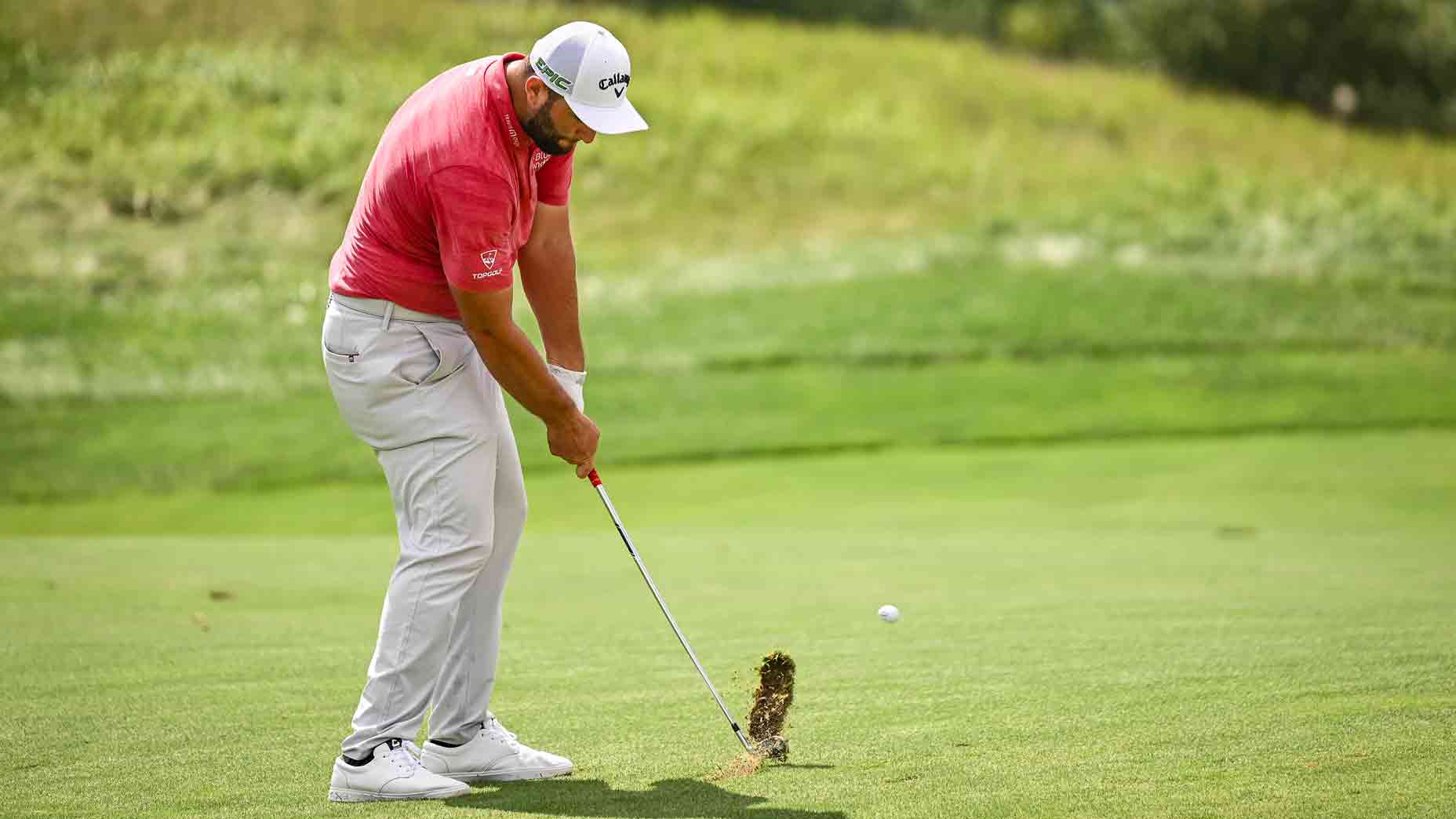
Let's discuss something that likely doesn't receive sufficient attention when you're shopping for new irons. wondering why your 7-iron suddenly hates you : bounce and shoe width.
These subtle design elements significantly influence how your club glides across the grass and how effectively you hit the ball on the clubface. Regardless of whether you’re a Tour professional crafting precise divots akin to Michelangelo or an occasional golfer simply aiming for solid contact, the way your club interacts with the turf is crucial.
So, let's break it down. No engineering degree required.
What does bounce mean (and why should you pay attention)?
The bounce essentially refers to the angle formed by the leading edge of your iron and the lowest part of the club’s sole (typically at the rear end). This feature enables the club to skim across the surface instead of plunging into the ground akin to a dart.
Greater bounce leads to increased forgiveness when going through the grass. That can be particularly useful if you play on softer grounds or often take sizable divots. (Some golfers might have benefited from this at Quail Hollow.)
Reduced bounce leads to greater accuracy. This works well for more compact turf surfaces or golfers who have a less steep angle of approach.
Imagine "bounce" as the shock absorbers for your iron clubs. This feature assists the club in not sinking too deeply into the ground, preventing the leading edge from getting buried in the turf and maintaining the consistency of your shots.
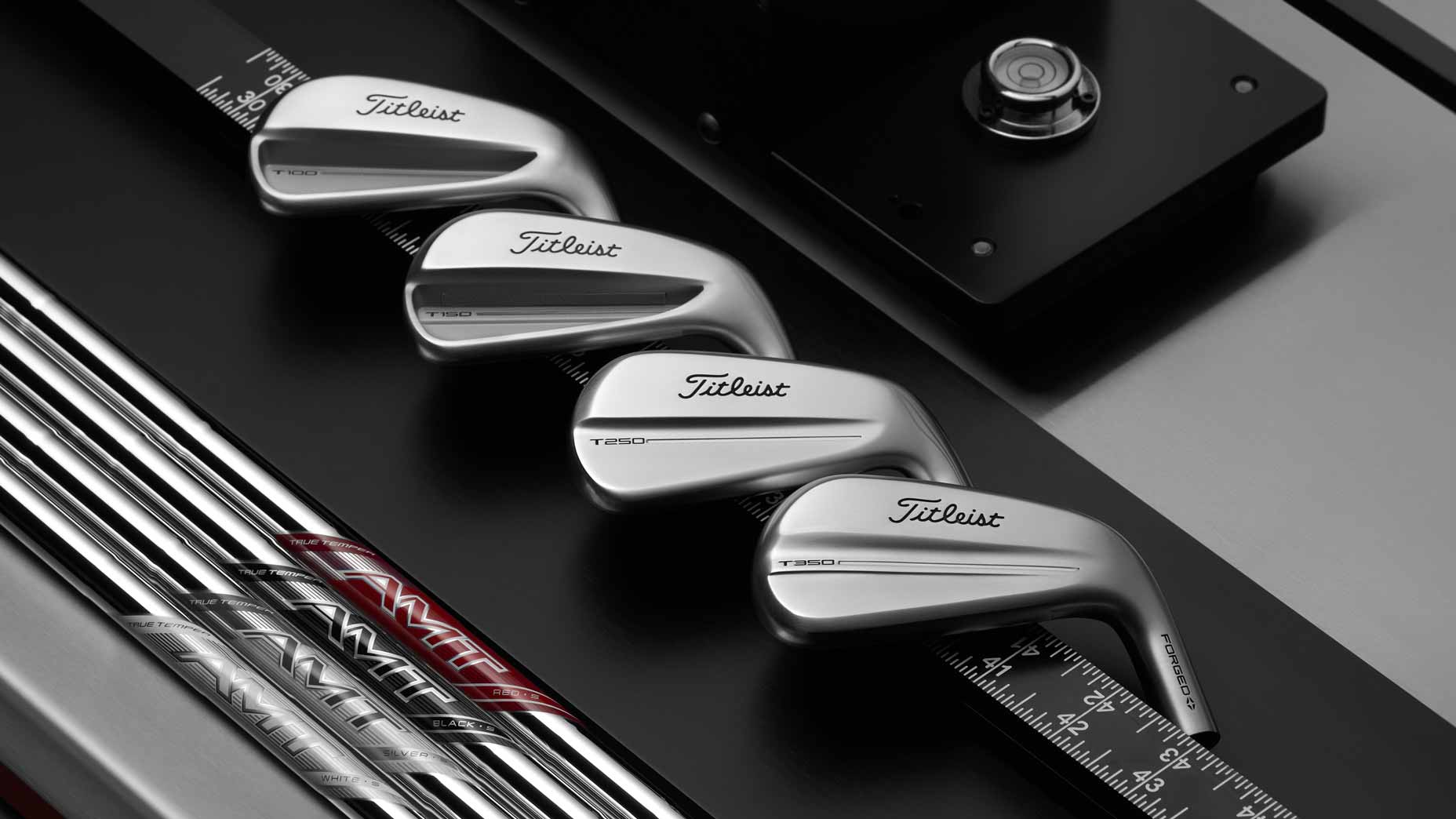
Width of the sole: the overlooked key to precise hits
The breadth of your iron’s sole is precisely as it sounds: it indicates how wide the base of the club is. A wider sole spreads the clubhead's weight more towards the rear and underside, typically resulting in greater initial trajectory and increased shot consistency. They also provide better rebound by expanding the surface area that touches the grass.
But that doesn't mean wide soles are for everyone. Here's how to know where you fit:
– Wider soles: Great for newer players or those who need help getting the ball airborne. Also fantastic in soft conditions, like after a rain or on lush fairways.
– Narrow soles: Favored by advanced players who prefer to "tap" the ball from the ground with a slight divot or those who hit down on the ball and make contact with the ball before the turf. This design also provides experienced players greater flexibility in shaping shots and maintaining control.
It’s more than just forgiving misses; it’s about how your club responds to the playing surface. Whether you’ve hit a wedge with a great setup only to watch it plunk into the rough or skimmed an iron shot when everything seemed right, subpar turf interaction could be to blame. (Trust me, I’m as much at fault here as anyone else.)
Turf interaction: Why it's a big deal for everyone
Tour pros obsess over turf interaction because it affects spin, flight and control. But for the rest of us? It's mostly about consistency.
When your irons glide through the turf the right way, the clubface stays more stable through impact. That means fewer fat shots, fewer thin shots and way more confidence with your irons.
TaylorMade 2025 P790 Custom Irons
Also available at: TaylorMade
Conditions matter too:
– Soft turf: It needs additional springiness and perhaps a broader base to prevent the club from sinking excessively.
– Firm turf: More appropriate for reduced bounce and thinner soles to achieve that sharp, ball-first impact.
The steepness of your swing also plays a role. Players with steeper swings often perform better with increased bounce and broader soles. On the other hand, those with shallower swings—often referred to as “pickers”—can manage well with reduced bounce settings. However, an aspect frequently overlooked is this: The combination of sole width and bounce isn’t solely dependent on one’s skill level. While wider soles typically feature prominently in game-improving irons and lower-bounce designs are generally associated with advanced player clubs like blades, there are outliers. Surprisingly, some higher handicap players achieve superior ball striking and stability using narrower soles paired with smaller club heads. This could be due to fitting their natural swing style, having inherently shallow movements, or simply feeling more confident with a sleeker design aesthetic.
The idea is, you can only find out by testing. Ignore what’s supposed to work or what should theoretically be effective based on your skill level. Use a launch monitor, try hitting from actual grass if possible, and let your swing show you the way. After all, how well you interact with different types of turf makes itself known through practical experience. Feel and fit consistently surpass presumptions. .
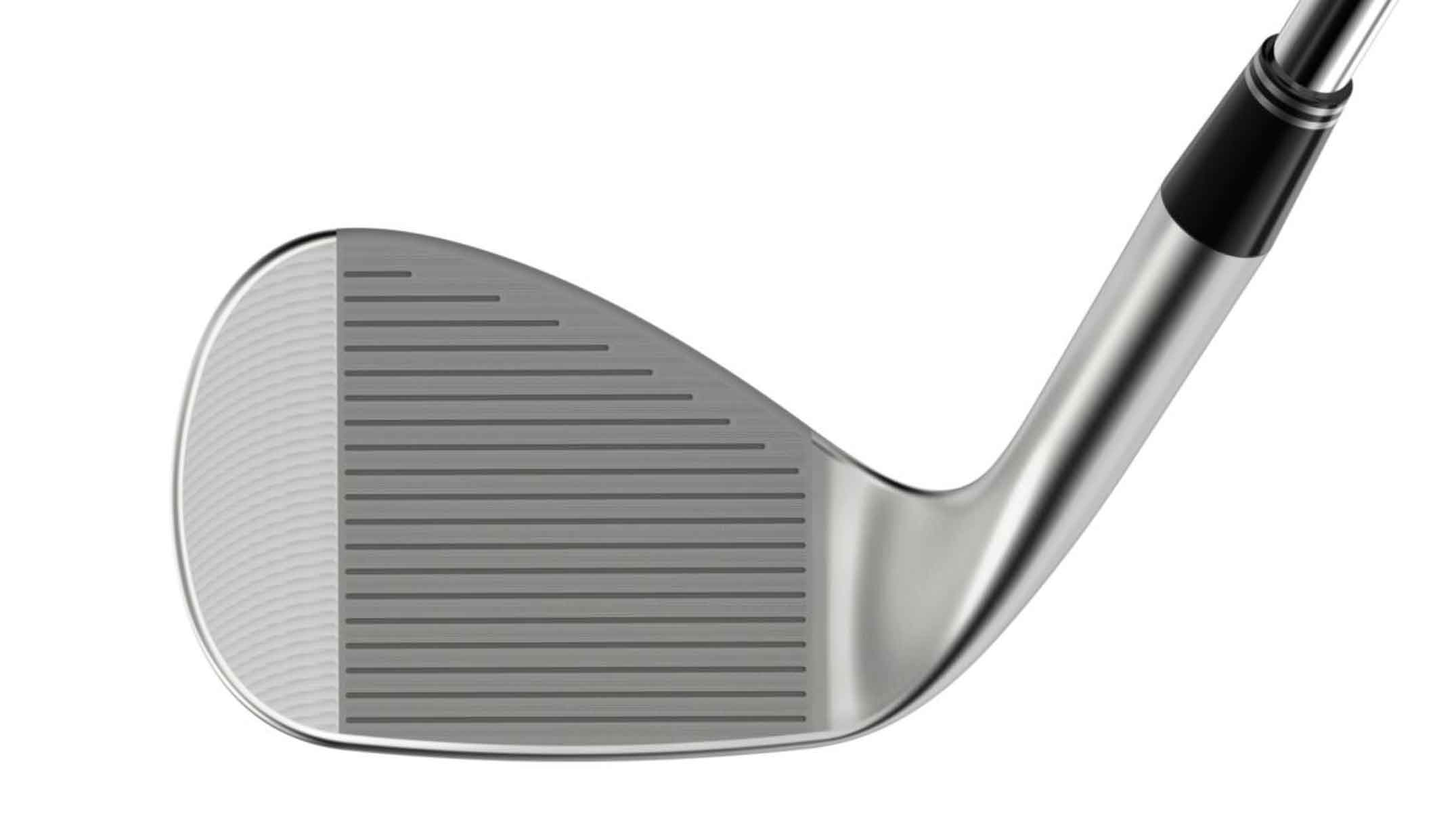
Not just a wedge thing
We often discuss bounce when it comes to wedges, yet it’s crucial for irons as well—particularly for your shorter and middle-range irons. The design elements such as the sole shape, camber (the curvature), and the degree of bounce influence how effectively these clubs interact with the ground during both entry into and exit from the turf.
Have you ever played with a game-improvement iron only to find it seems to hop right over the ground rather than dig into it? This isn’t happenstance. These clubs come designed with wide soles and significant bounce specifically to assist typical golfers in achieving cleaner hits more frequently.
Wedge bounce versus iron bounce: Similar idea, distinct objectives.
Sure, so now you understand that bounce isn’t solely a “wedge feature.” This concept often becomes familiar to many when they start learning about wedges. And this makes sense because thebounce is much more noticeable and adjustable in wedges compared to iron clubs.
Cleats: The highlight of the performance belongs to bounce and grind.
With wedges, the factor of bounce significantly impacts their performance. This explains why you might find wedges marked with bounces such as 8, 10, 12, or even up to 14 degrees. You may also come across phrases like “low bounce,” “high bounce,” along with specific designations such as “C grind,” “S grind,” and “M grind.” These aren’t merely promotional buzzwords; they actually affect how well your wedge interacts with various conditions including sand traps, tall grass, firm ground, and powerful shots.
Bouncing in wedges involves aligning your swing technique with the characteristics of the golf course.
– Steep swingers Players on soft turf gain an advantage from increased bounce.
– Shallow swingers Or course players typically favor lower bounce.
Adjustments through grinds allow you to modify how the sole functions when you open the clubface or maneuver the club near the green.
To put it briefly: The bounce setting acts as the primary factor influencing your wedge’s performance, with numerous subtleties involved in both its design and fitting.
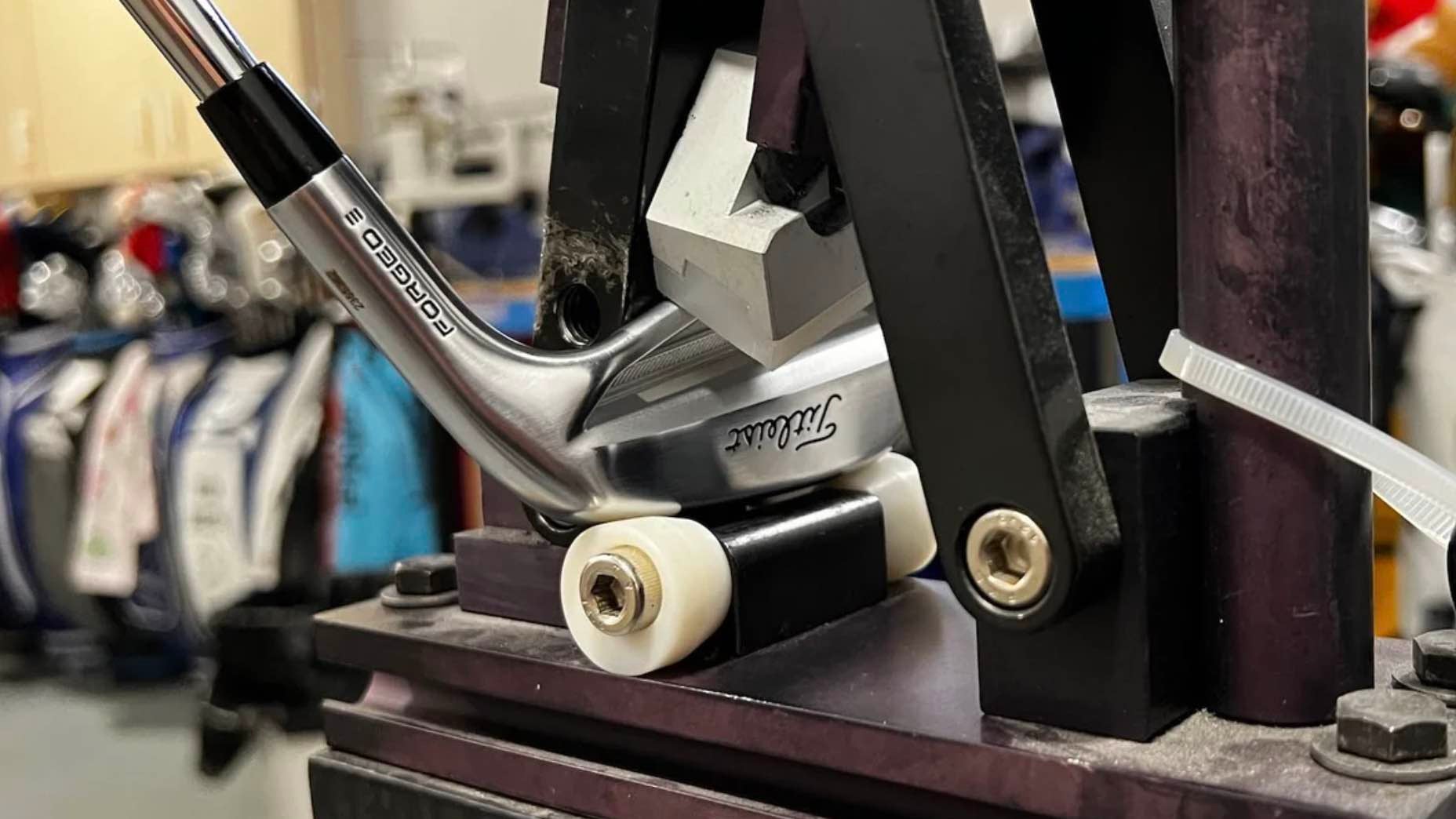
The bounce with Irons is present; it’s just subtler.
When it comes to irons, bounce is typically integrated into their design and not as frequently discussed. You won’t find “9 degrees of bounce” written on an 8-iron. Nevertheless, it’s present and remains significant.
Here's the difference:
Wedge bounce relates to the adaptability of your short game and how forgiving it is on various terrains.
Iron bounce focuses on the powerful swing interactions with the ground and managing the effects of impact.
The effect of bounce on irons is generally more understated, usually falling between 2 to 8 degrees, and complements aspects such as sole width, camber, and leading-edge design. Unlike when handling a lob wedge, where you make precise adjustments, using an iron involves executing full swings aimed at controlling both distance and height. However, the grass can still catch the front part of the club, but thanks to bounce, this allows for smoother passage through the ball.
Consider this analogy:
— Your lob wedge is like a scalpel — precise, adaptable, and designed for delicacy.
— Your 8-iron acts like a chisel—it should remain sharp yet is crafted for clean, consistent strikes into the turf.
Why the difference matters
Since "bounce" has distinct meanings for wedges and irons, the fitting procedure varies accordingly.
When working with wedges, you typically experiment with various grinds, bounce angles, and sole shapes on a practice green, adjusting the openness and closeness of the clubface, playing shots from sand, rough, tight lies, among others. Test these using the kinds of shots you prefer to execute.
For irons, Fitting primarily involves aligning the bounce and sole profile with your swing characteristics. through the turf, with full shots (ideally on grass, not just a mat).
Here's the kicker: The best players in the world obsess over both. They'll have a low-bounce lob wedge for tight turf, a high-bounce wedge for fluffy bunkers, and irons that match how they want to strike the ball through with full-swing impact.
For the rest of us? We can still gain advantages by comprehending how these two types of bounces function… and make smarter choices based on our own swing and playing conditions.
Fit your game, NOT your ego
The truth is that Tour players use irons that match their swing dynamics, and you should too. There's no "gold star" for playing a narrow-soled, low-bounce blade if it's making your life harder. Wider soles and more bounce don't make you less of a er. They might just make you a better one.
So next time you're drooling over the latest iron release, dig a little deeper than just the looks or lofts. Ask about the bounce. Check out the sole shape. Because when it comes to iron performance, what's on the bottom might matter most.
Ready to get dialed in for your next set of irons? Schedule your appointment at your nearby True Spec location.
How to determine the right grip for someone | Fully Equipped
This week on Fully Equipped, Pride’s Greg Cavill and Eric Gibson discuss the key elements consumers should consider when choosing the appropriate grip.
The post Iron bounce and sole width clarified: Understanding their significance for you appeared first on .
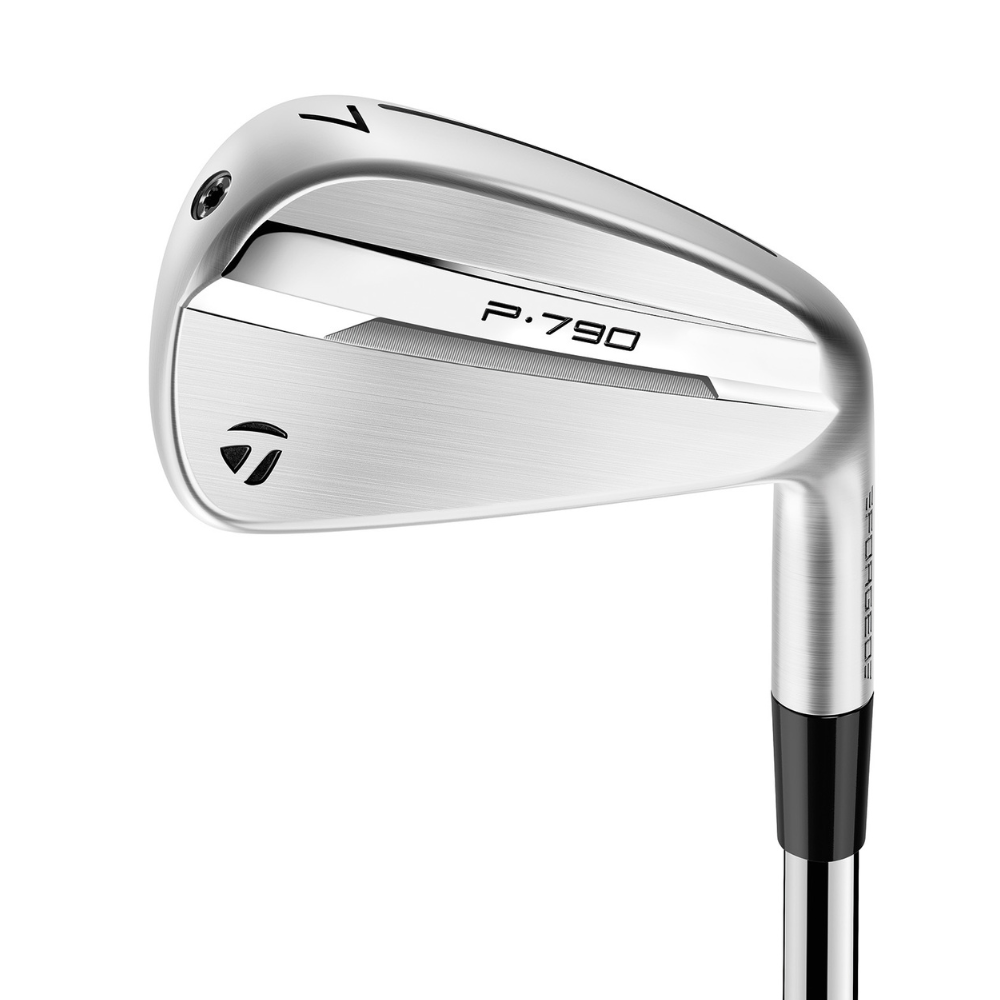
Belum ada Komentar untuk "Why Iron Bounce and Sole Width Matter: The Secrets Explained"
Posting Komentar